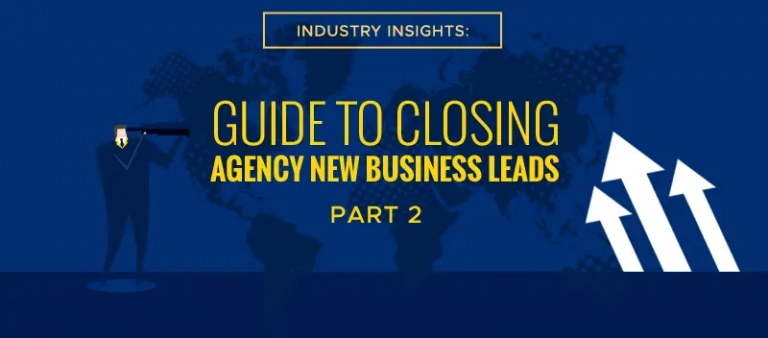
We know content is king. But the royal treatment that most of us unthinkingly give to content is the biggest reason why the vast majority of marketers remain trapped on the wrong side of the publish-or-perish equation.
This Fourth of July, as the nation celebrates Independence Day, we once again find ourselves in the midst of flags, fireworks, and festivities—all reminders of the hard-won freedom we now relish. But the July 4 holiday is also an excellent time to think about kicking off the many marketing shackles that keep us from realizing our true potential.
The Tyranny of the Content Trap
The “content trap” is one such obstacle marketers need to carefully think about. Most marketing strategies today now involve publishing staggering amounts of content—often at a dizzying pace and almost always at the expense of quality. The result is that we’re always trying to stay afloat in an ever-expanding ocean of content by publishing even more.
Manage your content distribution with our free Content Calendar Template
A survey carried out by Kapost found that some 3,400 B2B organizations produce more than 42,000 pieces of content per year. As if that’s not enough, according to the Content Marketing Institute (CMI), at least 70% of B2B marketers plan to create more content this year than in the previous one.
It’s no wonder that when asked about the top content marketing challenges they face, marketers cite lack of time to create content (51%), producing enough content (50%), and producing truly engaging content (42%).
All this frenzied content creation has led to a condition known as content shock, where an overabundance of content draws an underwhelming amount of engagement. According to data compiled by Mark Schaefer, the clear signs of content shock include:
- 50% of content receive 8 shares or less (BuzzSumo)
- 75% of posts achieve 0 (yes, zero) referring domain links (BuzzSumo)
- 50% drop in social referral traffic (Buffer)
So we’re now at a point where we’re putting out more and more content to an audience that’s becoming more and more uninterested. Unless most marketers change how they apply the timeless “content is king” truism, many of us will remain enslaved to a mistaken belief.
Related: Amplify Your Leads with These Content Distribution Tips
Breaking the Chains of Commoditized Content
When a product becomes a commodity, writes Aaron Dun in an article for Marketingprofs, it essentially becomes the same as the other goods produced by competitors. The same holds true for content. When a piece of content turns into a commodity, it becomes practically identical to the rest of the content out there, reducing its ability to stand out and capture your target audience’s attention.
But how does your 50-page enterprise-level cloud orchestration whitepaper go from being your latest masterpiece to just another unclicked Google search result?
That’s simple. It was made that way.
In a world where everyone publishes almost every minute, success comes from being different, not from being similar. That’s how you free yourself from the content trap, and here’s how you apply this to your content marketing strategy:
Dial down the volume, crank up the value
In 2015, a HubSpot study found that companies that published more blog posts per month tended to see higher site traffic than those that publish less often. While this is certainly interesting, the findings simply indicate correlation and not causation.
As we’ve earlier seen, there are signs that online content has already hit a saturation point. There’s little to gain from simply throwing another piece of content into the pile and hoping someone picks it up.
Why not try producing less content? Doing this frees up time that you can use to ensure that each piece of content delivers value and is what your target audience needs. In short, do a small number of things, and do them really well.
Related: How to Write Content That Gets Read and Shared
Innovate, then iterate
Being different means stepping out of the filter bubbles and the echo chambers that imprison your peers. Everything in your content portfolio, from topics to formats, constantly needs a fresh rethink in order to avoid getting drowned out in a “sea of sameness”.
How much of your content assets are gated content? Have you considered repackaging your static resources into interactive and rich media formats? What percentage of your content calls-to-action sell the next funnel stages instead of the final step?
But you don’t need to aim for huge leaps and bounds every time you come up with a content plan. The right approach is to produce fresh ideas once in a while and then making small, incremental improvements as you go along.
Related: Content Intelligence: Leveraging Data and AI to Create Smarter Content
Speak to your audience one-on-one
In a buyer-led purchase process, your only real chance at making your content stand out is to make sure it speaks directly to your target audience. Your content needs to closely match what your target audience wants to know at that exact point in their buying journey.
If that sounds a lot like personalization, that’s because it is. According to a LinkedIn survey, a full 65% of B2B decision makers will switch brands if a company failed to personalize their communications. Marketingprofs also finds that B2B buyers consider pieces that are 100% customized as one of the biggest reasons why they respond to marketing outreach.
Related: Approaching Psychographic Segmentation In B2B Marketing
The Takeaway: It’s now time to rise up and set ourselves free from the oppression that content traps inflict on us. Let’s stop counting how many pieces of content we’ve published; let’s make each piece of the published content count.




